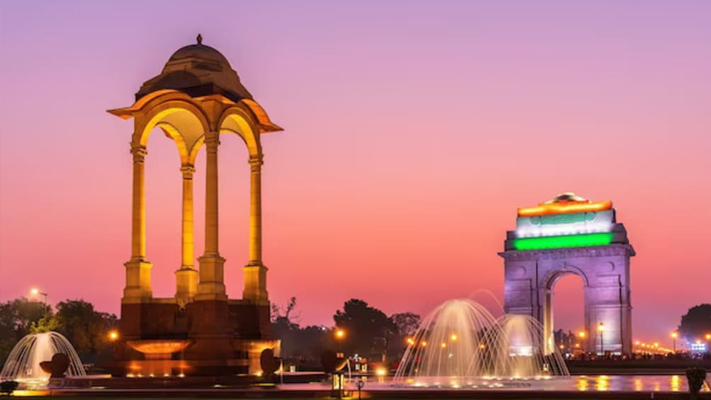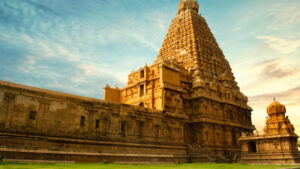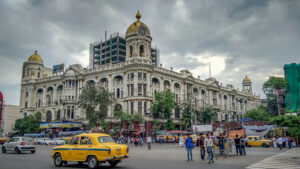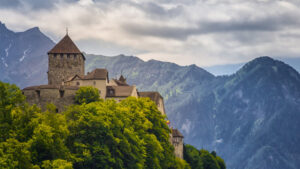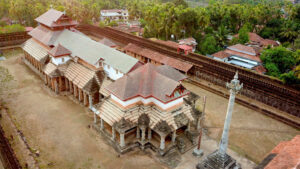UNVEILING DELHI’S TIMELESS TREASURES: A JOURNEY THROUGH ANCIENT FORTS

Embark on a journey through the heart of Delhi, where centuries of history are etched into the majestic walls of its ancient fortresses. From the mighty Red Fort to the serene Safdarjung Fort, each structure stands as a silent witness to the rise and fall of empires. Delhi, with its rich tapestry of cultures spanning over 15 centuries, invites you to explore its hidden gems, unveiling the secrets of Mughal grandeur, Tughlaq strength, and the architectural marvels of bygone eras.
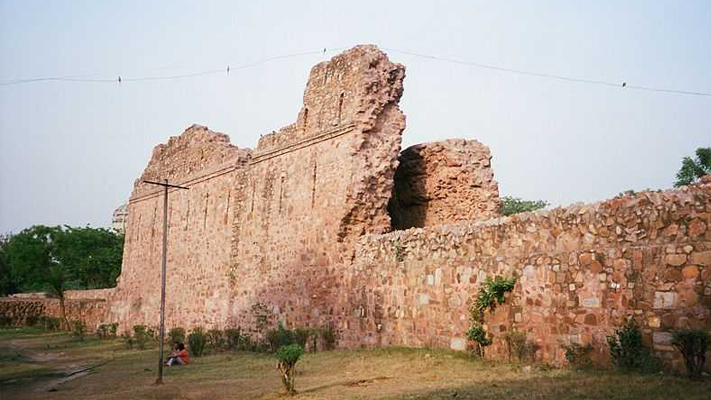
1. Siri Fort: Credited to Alauddin Khilji, Siri Fort once stood as a bastion against Mughal invasions. Built in 1303, it served as a strategic stronghold for the Afghan ruler. Though now mostly in ruins, its remnants are embraced by a modern sports complex. Here, amidst the echoes of history, you can find cricket pitches, tennis courts, gymnasiums, and more. The Siri Fort auditorium, nestled within the complex, hosts a plethora of cultural events, blending the old with the new in a unique fusion of past and present.
2. Red Fort: Arguably Delhi’s most iconic fortress, the Red Fort stands as a symbol of Mughal power and grandeur. Commissioned by Emperor Shah Jahan in 1638, its towering red sandstone walls enclose a sprawling complex of palaces, gardens, and pavilions. For over 200 years, it served as the main residence of Mughal emperors until the British took control in 1857. Today, visitors can wander through its Diwan-i-Am (Hall of Public Audience), marvel at the intricate designs of the Diwan-i-Khas (Hall of Private Audience), and stroll through the lush gardens that once played host to extravagant Mughal ceremonies.
3. Purana Qila (Old Fort): Dating back to the 16th century, Purana Qila is one of Delhi’s oldest forts, with its origins tracing back over 2,500 years. Originally built by the Pandavas of the Mahabharata fame, the fort was later renovated and expanded by Emperor Sher Shah Suri. Its massive sandstone walls, standing up to 18 meters high, encircle a vast complex of palaces, mosques, and baolis (step wells). The Qila-i-Kuhna Mosque, built within its premises, showcases exquisite examples of Mughal architecture, while the Sher Mandal, an octagonal tower, offers panoramic views of the surrounding area.
4. Tughlaqabad Fort: A testament to the ambition of the Tughlaq dynasty, Tughlaqabad Fort was constructed in the 14th century by Sultan Ghiyasuddin Tughlaq. Known for its imposing walls and bastions, the fort was designed to be an impregnable stronghold against invaders. Legend has it that it was built in a mere four years, though the sheer scale of its ruins today speaks to the grandeur of its original design. The fort’s layout includes a series of massive gates, underground chambers, and sprawling battlements, offering a glimpse into the military prowess of its builders.
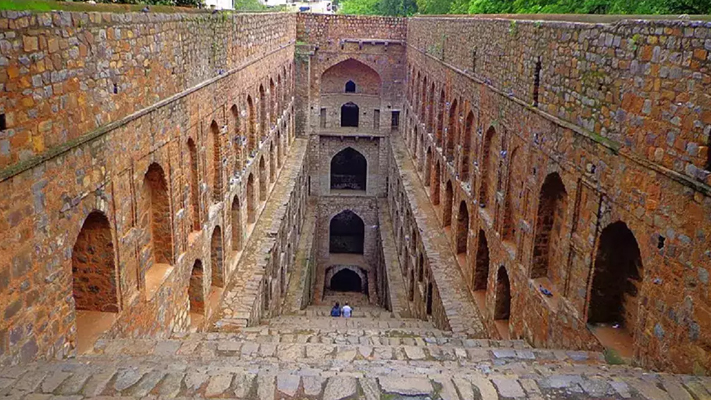
5. Agrasen ki Baoli: Nestled amidst the modern bustle of Delhi, Agrasen ki Baoli is a hidden oasis of serenity and history. Believed to have been built by the legendary king Agrasen in the 14th century, this stepwell descends 60 feet into the earth, its intricate architecture designed to conserve precious water. With its 108 steps leading down to the water level, it served as a vital source of water for the surrounding community. Today, visitors can descend into its cool depths, marvel at the symmetrical patterns of its stepped walls, and imagine the bustling life that once surrounded this architectural marvel.
6. Safdarjung Fort: Built in the mid-18th century, Safdarjung Fort is a striking blend of Mughal and Persian architectural styles. Commissioned by Nawab Shuja-ud-Daula, the prime minister of the Mughal Empire, it served as a mausoleum for Safdarjung, his father. The fort’s main gateway, adorned with intricate carvings and towering minarets, leads into a sprawling complex of gardens, pavilions, and ornate tombs. Its serene atmosphere offers a stark contrast to the bustling city outside, making it a popular retreat for locals and tourists alike.
7. Salimgarh Fort: Located on an island on the Yamuna River, Salimgarh Fort was built in 1546 by Islam Shah Suri, the son and successor of Sher Shah Suri. Originally designed as a defense stronghold, it later served as a prison for Indian revolutionaries during the British Raj. The fort’s triangular shape, with its towering walls and bastions, reflects a blend of Mughal, Timurid, and Persian architectural styles. Today, it stands as a UNESCO-protected site, offering visitors a glimpse into Delhi’s tumultuous history.
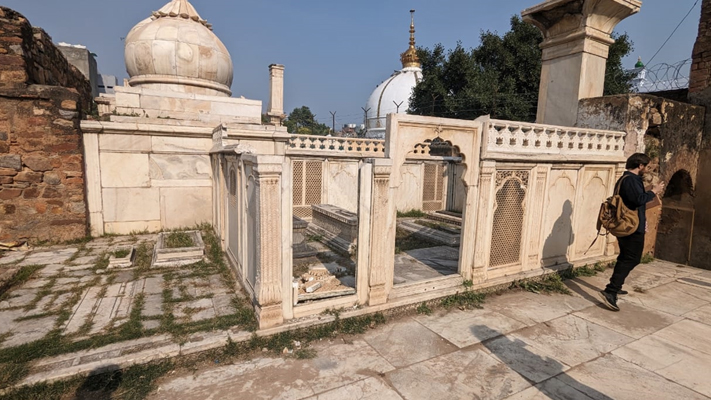
8. Zafar Mahal: Tucked away within the serene surroundings of Mehrauli, Zafar Mahal is a hidden gem that speaks of Delhi’s Mughal past. Built in the 18th century during the reign of Bahadur Shah II, the last Mughal emperor, it served as a summer palace and hunting lodge. The palace’s graceful arches, intricate jali work, and sprawling courtyards offer a glimpse into the opulence of Mughal architecture. From its terraces, visitors can enjoy panoramic views of the surrounding landscape, immersing themselves in the timeless charm of Delhi’s historical legacy.
Uncover the mysteries of Delhi’s ancient fortresses, where every stone holds a story of India’s glorious past. As you wander through these timeless treasures, let the echoes of history guide you through a journey unlike any other.



